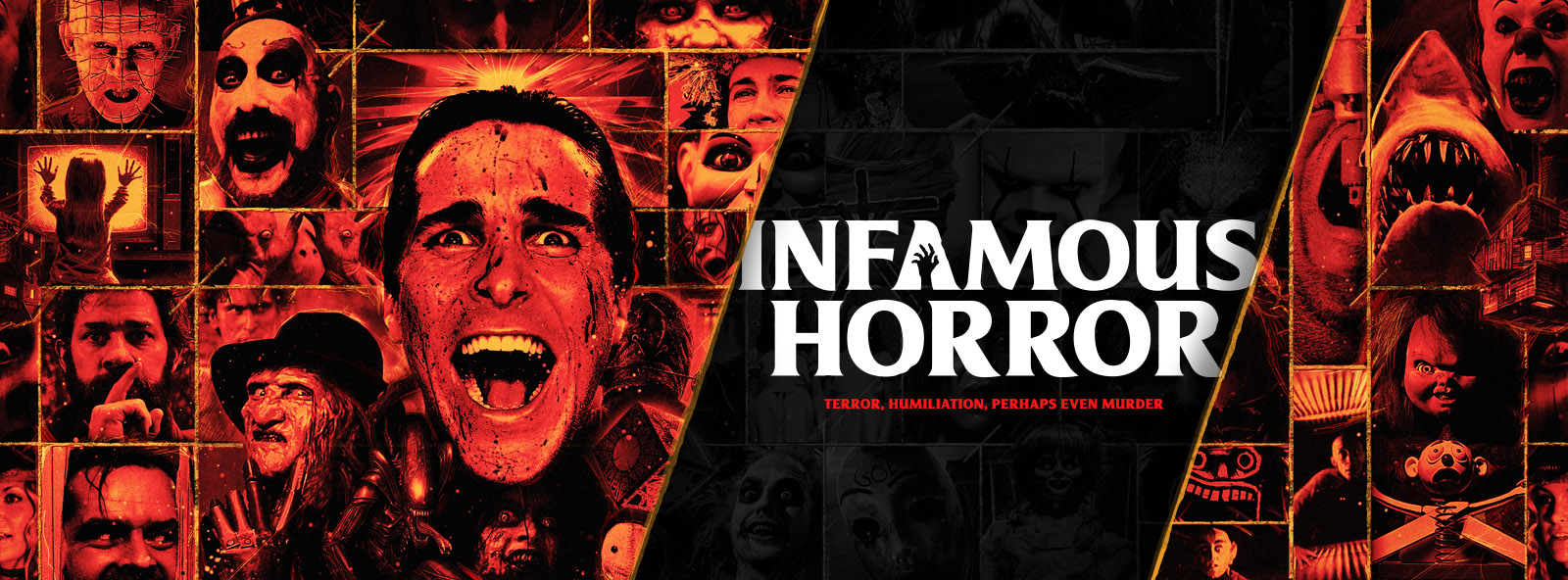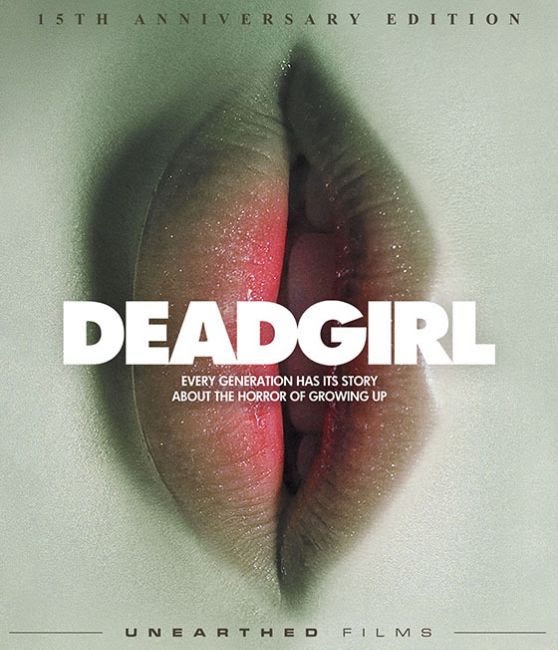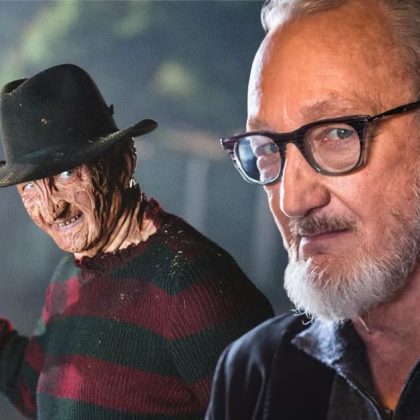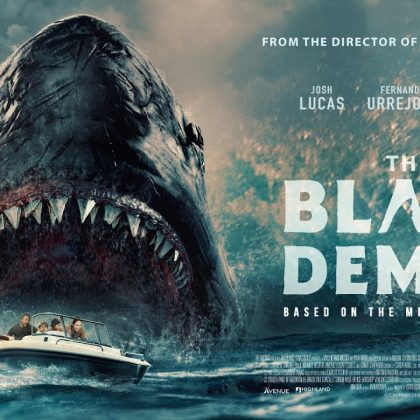“Deadgirl,” a controversial coming-of-age tale released in 2008, stands out as a unique exploration of adolescence through its immersive and haunting narrative. Directed by Marcel Sarmiento and Gadi Harel, the film takes a daring approach by intertwining the complexities of teenage life with a morbid and unsettling premise – a group of teenagers discovering an undead girl in an abandoned mental hospital.
At its core, “Deadgirl” transcends the typical coming-of-age narrative, challenging the boundaries of storytelling within the genre. The film revolves around a group of high school friends, adding an extra layer of relatability for its target audience. However, rather than the usual teenage angst or romantic tales, the protagonists find themselves entangled in a macabre situation that becomes a metaphor for the darker aspects of growing up.
The immersive nature of “Deadgirl” is evident in its atmospheric storytelling. The film plunges viewers into the eerie world of an abandoned mental hospital, a decaying setting that mirrors the moral decay of its characters. The directors, Sarmiento and Harel, skillfully weave together visuals and narrative, creating an unsettling ambiance that lingers throughout the film. This immersive quality allows the audience to experience the discomfort and moral quandaries faced by the characters firsthand.
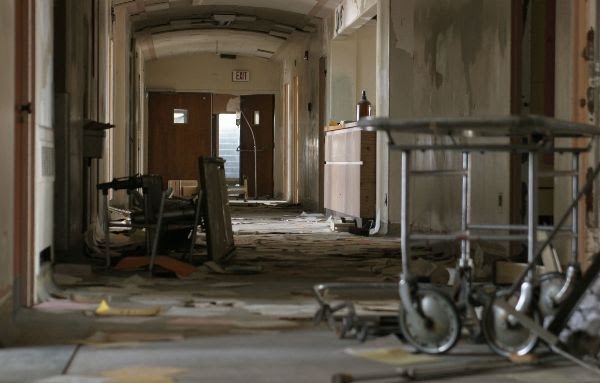
If you’re still interested in “Deadgirl” it’s a great flick for those seeking out a time when films pushed boundaries and weren’t afraid of political correctness. It’s a film that you can put in a time capsule and show to future filmmakers and film students on how to push the boundaries while making a movie for more than shock values.
The controversial nature of “Deadgirl” lies in its willingness to confront taboo subjects head-on. The discovery of the undead girl challenges the characters’ morality, leading them down a dark path that questions the boundaries of consent and the consequences of unchecked desires. The film forces viewers to grapple with uncomfortable themes, pushing the envelope of what is traditionally explored in coming-of-age narratives.
The haunting aspects of “Deadgirl” extend beyond its premise, reaching into the psychological realm of its characters. As the teenagers grapple with their discovery, the film becomes a disturbing exploration of the human psyche during the formative years. The juxtaposition of adolescence and the macabre elevates the storytelling, making it more than just a horror film but a psychological examination of the consequences of unchecked curiosity.
Some viewers may find it too hard to stomach or it may be too gratuitous to be a film with more than just a cult or niche following. The boundary-pushing nature may cause some to turn it off and never finish it. However, even on the shoestring budget. “Deadgirl” finds a way to be engaging and entertaining throughout never overstating its welcome.
The film’s soundtrack, composed by Joseph Bauer and Randall Horney, contributes significantly to the immersive experience. The haunting melodies enhance the tension, adding another layer to the unsettling atmosphere carefully crafted by the filmmakers.
In conclusion, “Deadgirl” is a daring and controversial exploration of adolescence that defies conventions within the coming-of-age genre. Its immersive storytelling and willingness to tackle uncomfortable themes set it apart from more conventional narratives. While not without its flaws, the film’s haunting ambiance and thought-provoking narrative make it a memorable and unconventional addition to the world of coming-of-age cinema. “Deadgirl” challenges its audience to confront the uncomfortable realities of growing up, leaving a lasting impression that extends beyond the typical boundaries of the genre.
Overall Grade 5/5 Stars

